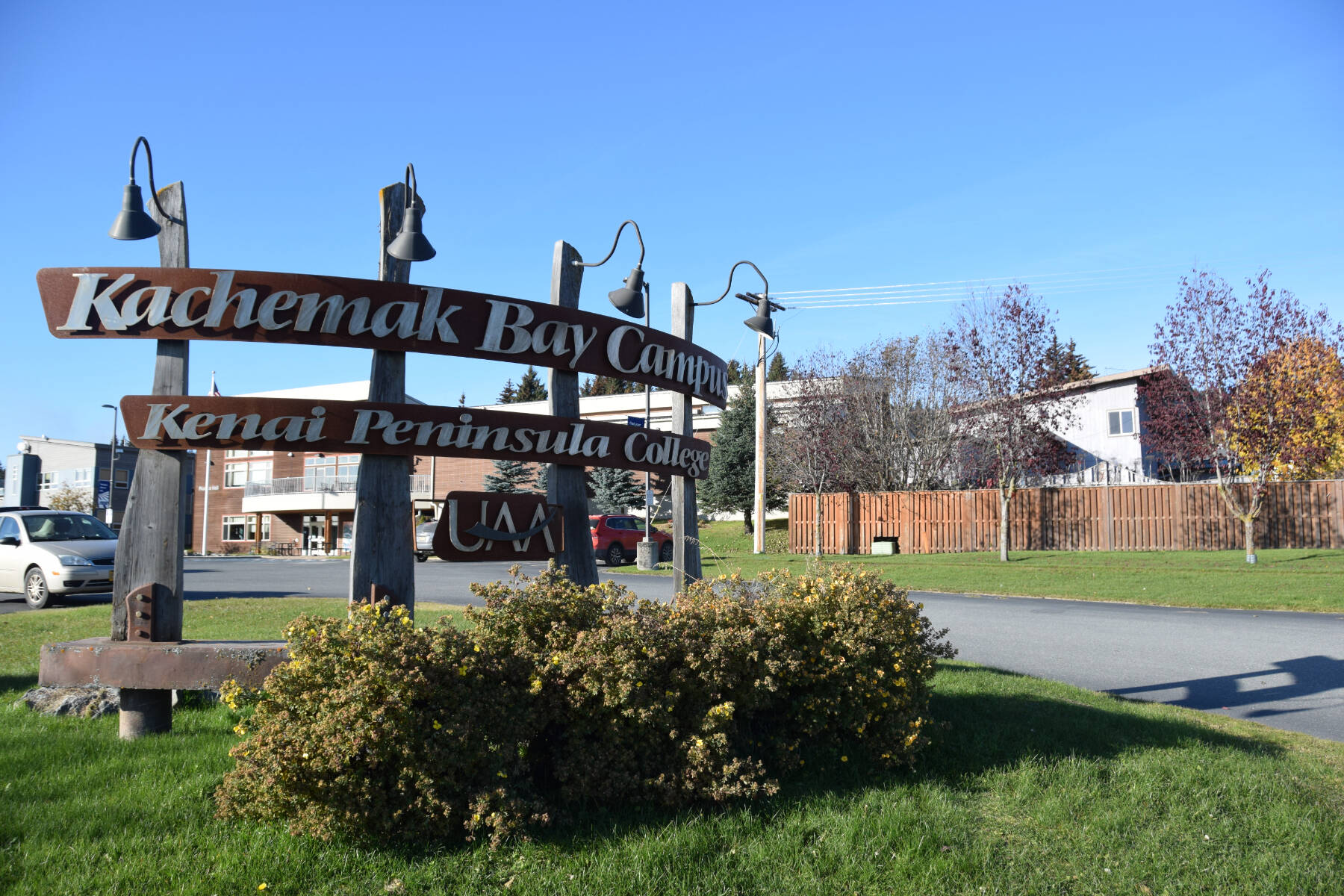The Kachemak Bay National Estuarine Research Reserve is hosting the 10th Kachemak Science Conference March 17-20 at Kachemak Bay Campus. The title of this year’s conference is “Cultivating Knowledge for Healthy Ecosystems & Communities.”
The conference will include five daytime presentation sessions organized by maritime theme. These include mariculture, monitoring, management, human dimensions and climate/transitional environmental responses. Evening events include a keynote address by Bretwood Higman with Ground Truth Alaska. His talk is called “Cassandra and the Tortoise: Geohazard Mitigation and Climate Uncertainty” and will take place on Sunday, March 17, starting at 5 p.m. Following the keynote, the upstairs of Alice’s Champagne Palace is reserved for socializing.
Other evening events include a teacher-focused session, a luncheon discussion on invasive species (reservation is required), a community conversation on change with the Center for Alaskan Coastal Study’s Katie Gavenus and a final evening celebration on March 19 with catered food provided by the Tickled Pear, a poster session and expo booths. The celebration will also host dancers from Port Graham and Nanwalek.
Event coordinator Rosie Masui noted that the conference is a very collaborative effort to share local science happening in Kachemak Bay and the surrounding coasts with the community. There will be several presenters coming from the University of Alaska Fairbanks and Anchorage campuses as well as people from Seldovia.
“One of the things that’s really great about this conference is that it is very accessible to folks and that’s something we stress to the presenters: The audience needs to be able to digest the material in the science projects in a pretty casual context,” Masui said.
It’s a feature that makes the venue different from a conference like the Alaska Marine Science Symposium. It is also a venue for college students who are new to their master’s work to get a feel for creating presentations and posters before they might venture toward a more complex conference.
Katherine Schake, reserve manager, noted that this is an important event for the reserve to host because there are so many agencies and parameters of research that occur here. These include federal agencies such as NOAA and the U.S. Fish and Wildlife Service, the State of Alaska’s Department of Fish and Game. Alaska university level educational branches: UAF, KPC and Alaska EPSCoR. Alaska Native organizations, Seldovia Village Tribe and the Chugach Regional Resources Commission, have a stake here, too. Homer’s Center for Alaskan Coastal Studies provides another local branch for community research.
“There is just kind of a nexus of research partnerships happening across all these different organizations and the Research Reserve is kind of at the center of it and it is important to us that the science information long-term monitoring data gets dispersed into the community knowledge system, too,” Schake said.
The Research Reserve’s K-12 education plan is one of the ways they interact with the community and another is coastal training program. “We also need to get the science into the hands of decision-makers to make sound political environmental regulations and this conference is one of the ways we can do that,” Schake said.
For a schedule and list of presenters, see the website at kachemakbayscience.org/. The website notes that although the conference is a free event, it is important to register for workshop sessions and special events.



